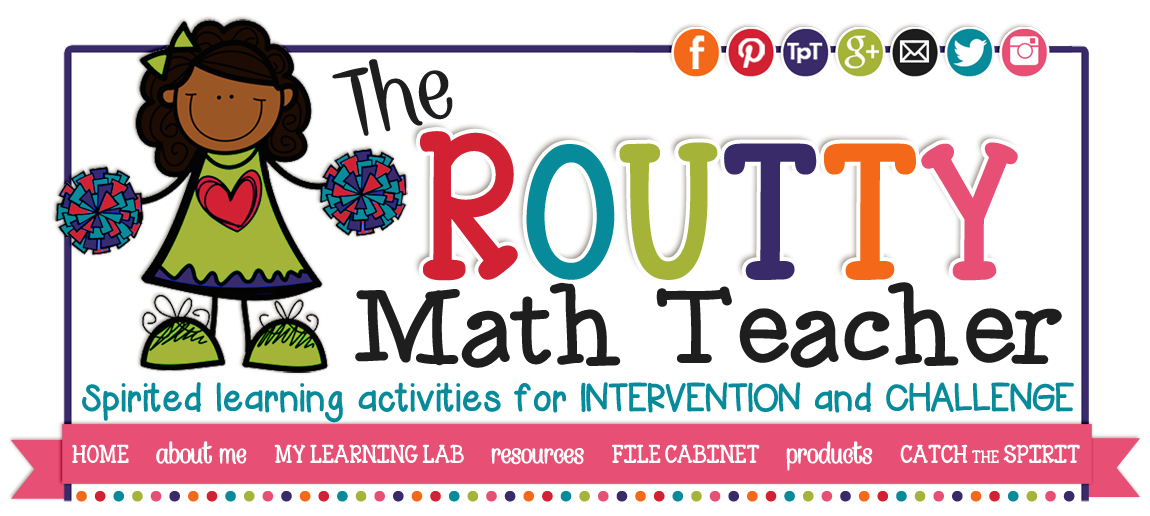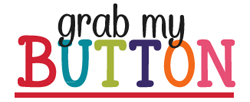Welcome back! For the past four weeks, I have been reading and participating in a collaborative book study focused on the book Mathematical Mindsets by Jo Boaler. Chapter 3 described how the natural creativity and beauty of mathematics connects to the real world, but a disconnect exists between it and what is typically taught as part of the school mathematics program. (Read Chapter 3's post here.) Chapter 4 discusses ways to promote a mathematical mindset by helping students develop flexibility with numbers.
Chapter 4 Summary
Jo Boaler states, "when students see mathematics as a set of ideas and relationships and their role as one of thinking about the ideas, and making sense of them, they have a mathematical mindset" (p. 34). Boaler also describes a study conducted by two British researchers which discovered that when compared to a group of low-performing counterparts, who had been exposed to the same amount of content, the high-performing students were able to employ number sense, a flexible and conceptual interaction with numbers, to solve problems successfully. The low-performing students, however, employed a standard algorithm which is often difficult to recall and execute successfully. The chapter also includes a robust discussion about purposeful math fact review and homework assignments.
My Big Takeaway
Jo Boaler states, "number sense and mindsets develop together, and learning about ways to develop one helps the development of the other" (p. 36). I've always believed in the importance of helping students develop number sense at all grade levels, but this chapter really helped me solidify this belief. However, the piece that has not been as strong a belief for me is how mindsets support this goal. I now know that they both work together.
Ways to Use this New Knowledge to Support Our Students in the Classroom
Helping students develop number sense must be a regular classroom routine that includes conceptual activities focused on numbers and number facts. I describe my two favorite routines below.
- Number Talks: Jo Boaler describes them as "appreciating the connected, conceptual nature of mathematics" Number talks require students to describe how they solved an abstract problem mentally. After collecting multiple students' methods, the class then explores how and why the strategies work. I wrote an entire series about using number talks in the classroom when I participated in a book study focused on the book, Making Number Talks Matter. Read the series here.
- Greg Tang: His collection of books is fantastic for helping students build numeracy skills. Through his picture books, students learn how to group numbers to flexibly count the number of items in his colorful pictures. My favorite book is The Best of Times. It helps students discover strategies for mastering basic multiplication facts. Explore the online version here. I also wrote a post about how I used his books to help my students develop computational fluency skills. Read the post here.
Developing strong number sense is an important way to help students become more successful math students; however, in order for students to be truly successful, it must be accompanied by a mathematical mindset.
Sound Off! How do you develop number sense in the classroom?
- Boaler, J. (2016). Mathematical Mindsets. San Francisco, CA: Jossey-Bass























